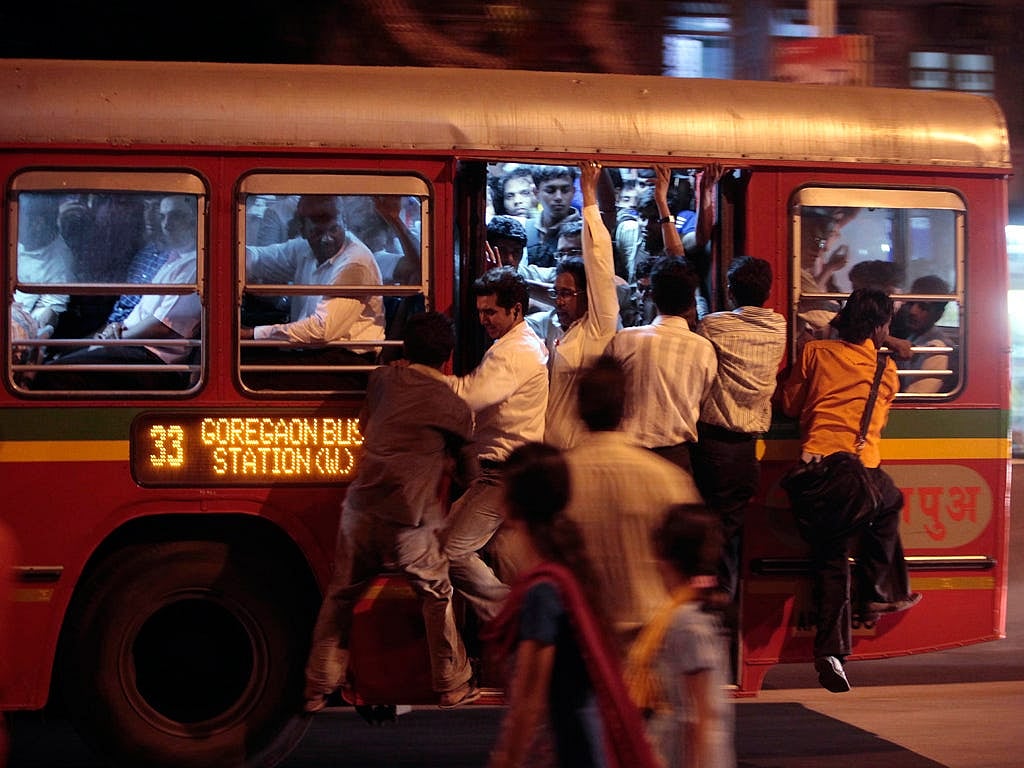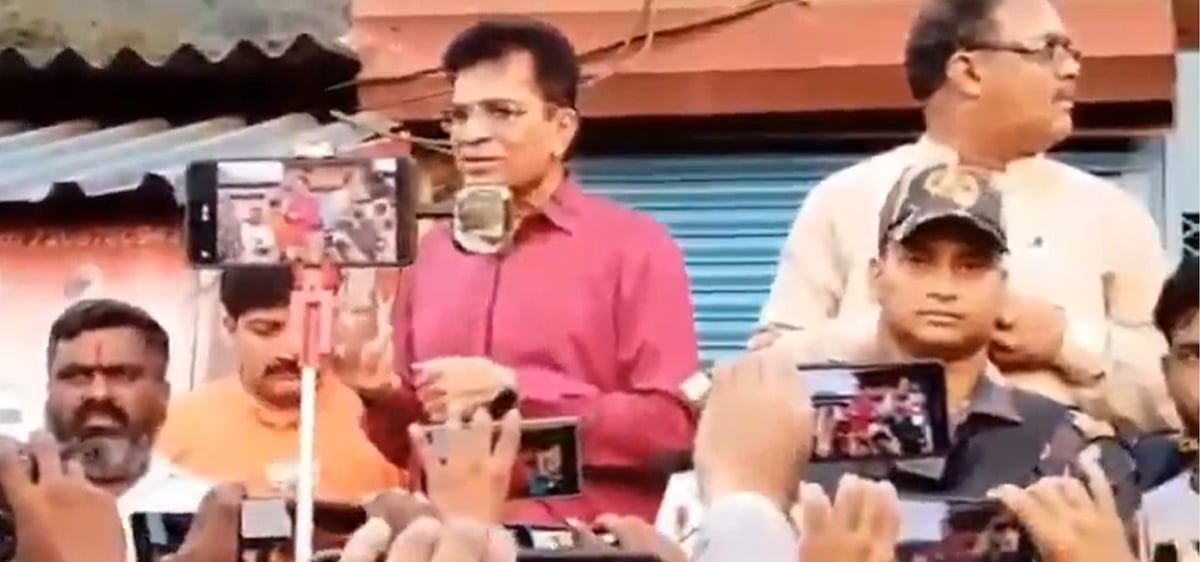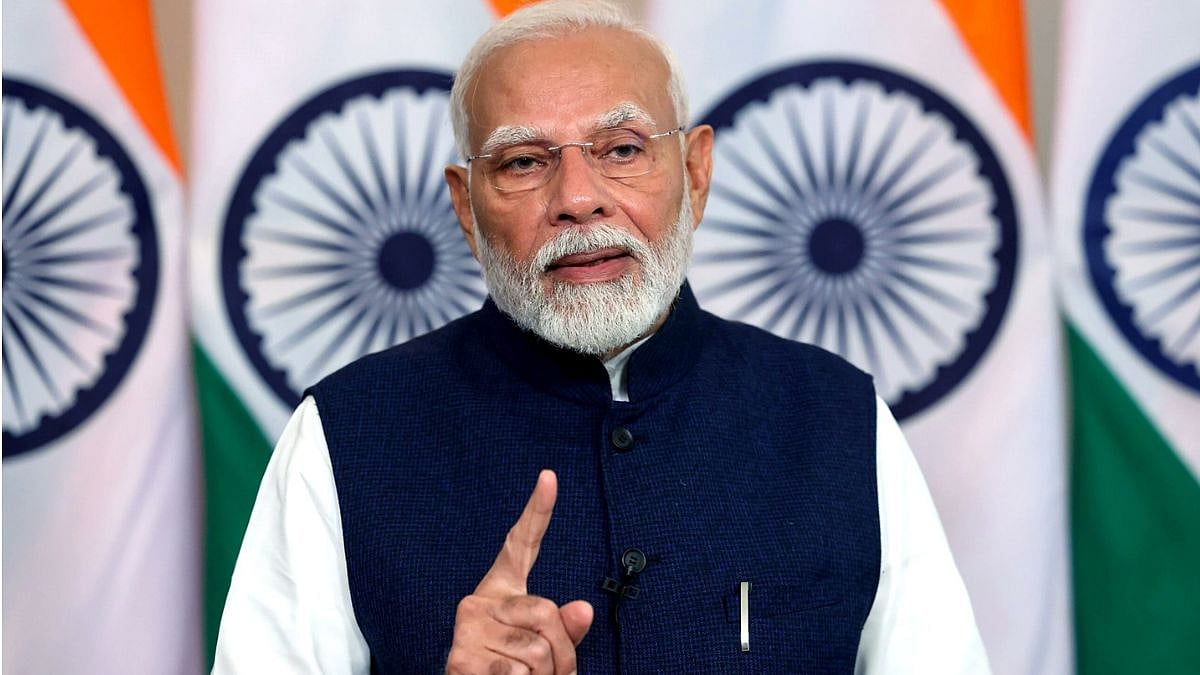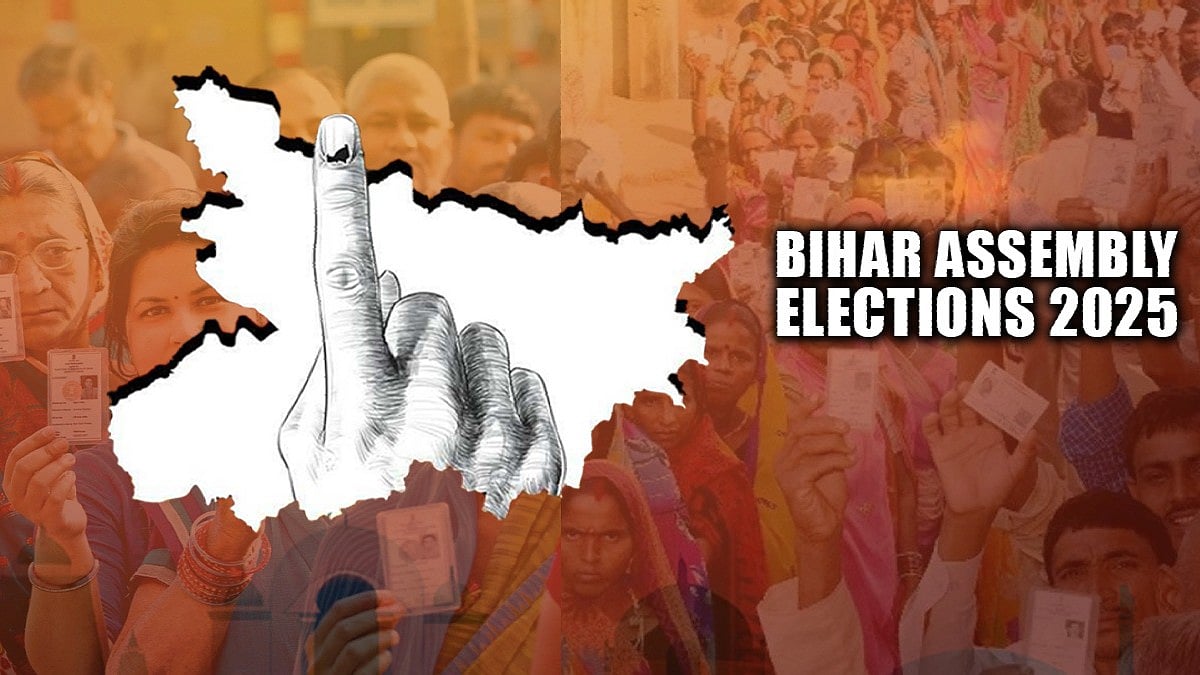Among the many elements that make London a famed global city is its incredibly people-oriented public transport network. From the airport to most pin codes across the city, from one end to another across its zones, short or long distances, with or without baggage and strollers and wheelchairs, it is possible to commute on a single seamless prepaid card while hopping from one underground line to another or from the underground to its iconic bus network or overground.
Commuting for work or leisure is not an activity fraught with uncertainty, delays, and life-threatening situations. Its public transport network functions as such systems are meant to — for the people. In fact, Transport for London (TfL) which operates and manages the system, places people’s health as a goal of the transport network in the belief that more people walking, cycling and using public transport for work and leisure would mean a healthier city. Significantly, as official data shows, public transport has become increasingly vital over the past 20 years with the percentage share of journey stages of private transport in London having declined while that of public transport has increased.
The ease and reliability of its public transport network is evident even to a non-resident during a stay of a few days, as it was to me recently. The network may be plagued with the functioning issues such as delays and breakdowns that take a while to be set right, but the overall experience of using the public transport network does not leave one exhausted or feeling vulnerable about one’s safety. The waiting time is minimal in most of the city’s zones, there is ample rider information available at stations and bus stops about when to expect the next train or bus, connections can be made across lines criss-crossing a city so long as one can read the underground map, and most stations or bus stops are within walking distances avoiding the need for the last-mile connection with another transport such as bicycle or rickshaw. And yes, London’s commuters number a few millions too unlike a few other cities in Europe which also have enviable public transport systems.
This struck a chord while watching a reel doing the rounds these days about Mumbai. It shows the top view of Mumbai’s under-construction coastal road across the bay at Haji Ali and Worli. The sea-fronted areas are unrecognisable now with the land that has been created and the shoreline view badly punctuated by the road. To some in Mumbai, the coastal road presents the futuristic city, one that uses its abundant water and heralds the city into the league of international cities with similar bridges. To many others, the coastal road is an embodiment of how an elected executive authority like the Brihanmumbai Municipal Corporation (BMC), directed by the state government, has privileged the city’s smaller private transport segment such as car users over the majority that uses its public transport network.
It is no secret that the coastal road primarily services the western side of the city, ring-fencing it across the water in an almost north-south axis, providing a traffic-free or less congested road for private car users in this area of the city. It makes car commuting from say Malabar Hill to Bandra Kurla Complex faster, skirting around the key arterial roads that must be negotiated now. The coastal road does nothing for the average Mumbai commuter who uses its public transport network of suburban trains and local BEST buses which is soon to be augmented with the metro network. It is important to remember too, that at a time of climate crisis, the coastal road has been termed as “maladaptive infrastructure” in UN reports.
In the last decade or so, the share of commuters using public transport has declined both in Mumbai city and the Mumbai Metropolitan Region (MMR), according to various studies and government data. On an average, from more than three in every four commuters using multi-modal public transport, the share has dropped to less than two of every three in the last decade or so; these years have seen a sharp rise in the use of private transport and a staggering increase in the number of cars and two-wheelers in the city. The shift is evident and, by all accounts and conversations, is well-known to officials and policymakers for the city too. The question is the steps they take and the broad strategies they adopt for the city.
Those of us who live — and swear — by Mumbai’s public transport network find it to be the most convenient, reliable and relatively safer than in any other city in India but that isn’t saying much. Mumbai made it to the 19th spot in the world’s cities for public transport earlier this year in a private media survey, but that isn’t saying much either. Other Asian cities were ahead by some distance and, as expected, European cities bagged the top spots. Let’s not forget that concerned citizens had to literally wage a battle to keep the BEST network going a few years ago; without the activism, the most affordable option for nearly 3.5 to 4 million commuters, would have seen a ruthless paring down.
In the context of investing in the city’s public transport network, not merely tinkering around or putting in an extra railway line but upgrading it to make commuting safer and convenient for all, it is tempting to imagine how the thousands of crores spent on the coastal road could have been better allocated and used. This called for a comprehensive strategizing in the official circles of what the city’s public transport network should be and the imagination to keep commuters at the heart of it all. This is not difficult to do but Mumbai’s many transport agencies have not shown the inclination to do either. Its multiple transport agencies function in grand isolation, each keeping the focus on its own jurisdiction and every agency expecting the commuter to make the adjustments needed. Seamless, safe and reliable multi-modal transport with walkable pavements is still a dream for millions of commuters in Mumbai.
At a bus stop, for instance, the guessing game of when a bus will arrive continues as it did way back in the 1970s or earlier; there are apps that disclose this information but it should primarily be available at the bus stop. Most bus stops are not worth the name given the lack of basic facilities; many do not even have lights and queues are totally passe. The suburban trains are super-efficient but right outside the railway station lies complete chaos with vendors fighting for space amidst rickshaws and buses, and rickshaws refusing rides to destinations. Similar chaos, on a smaller degree, ensues at the metro stations too. The BMC does not make it a priority to provide comfortable and safe pavements for commuters to walk short distances. Last-mile connectivity is still an issue across the city.
A city which is driven by millions of commuters, travelling for work and leisure, must do better for them. Can its many agencies come to one table and keep commuters at the heart of the work they do? They can but they are unlikely to.
Smruti Koppikar, senior journalist and urban chronicler, writes extensively on cities, development, gender, and the media. She is the Founder Editor of the award-winning journal ‘Question of Cities’









